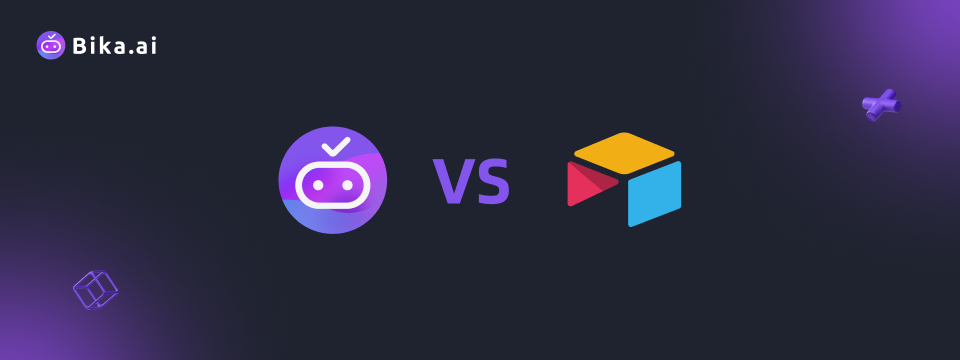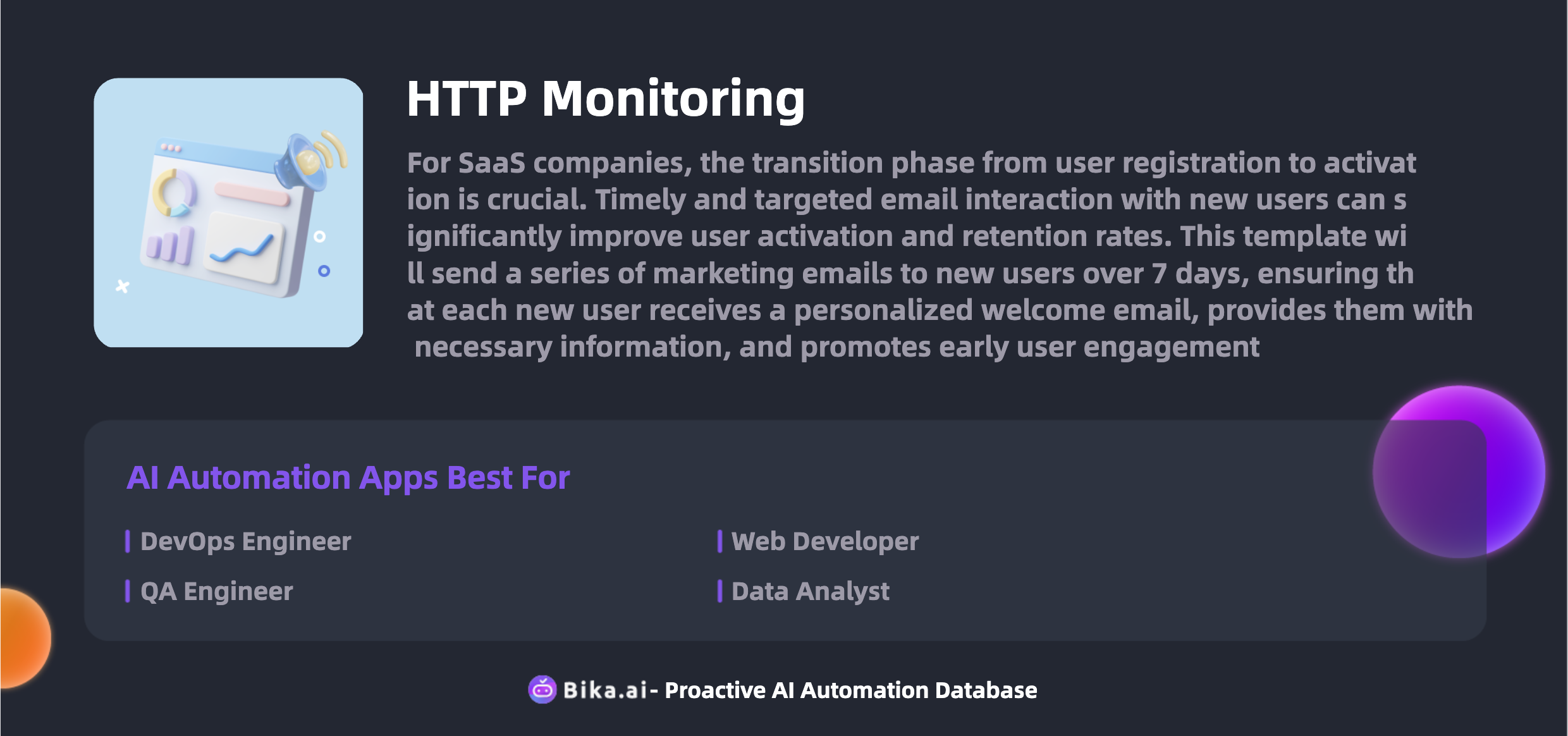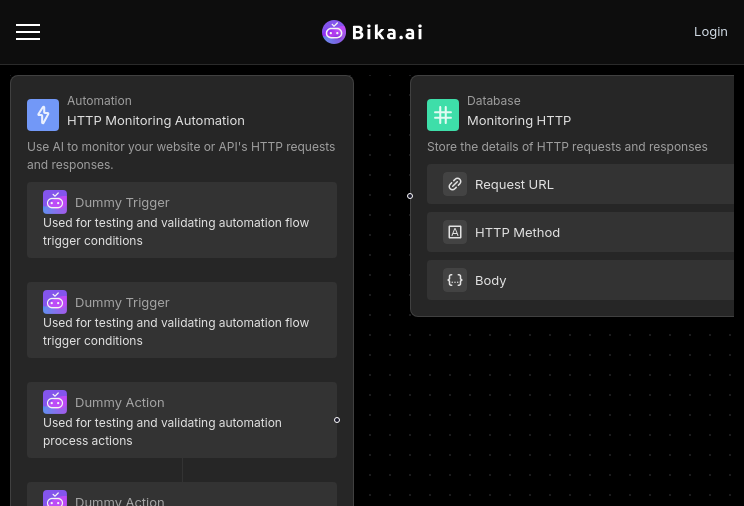
HTTP Monitoring: Airtable Alternative to Automated API health checks
Why Consider a Airtable Alternative for Automated API health checks?
In the realm of Automated API health checks, many professionals have relied on Airtable for its powerful database and collaboration features. However, as the demands of modern business evolve, the search for more advanced and efficient solutions has become crucial. Bika.ai emerges as a compelling alternative, offering unique benefits that can take your API monitoring to the next level.

The Evolution of Automation: Bika.ai vs. Airtable
As the landscape of automation continues to shift, so do the tools available to us. Airtable has long been a trusted name, but Bika.ai is making waves with its cutting-edge features. Let's take a closer look at how they stack up.
| Feature | Airtable | Bika.ai |
|---|---|---|
| Pricing | Free provided, paid plans from $20/user/month | Free provided, paid plans from $9.99/user/month |
| Platform Type | No-code database | No-code AI automation database |
| Ease of Use | Base structure is geeky for non-tech users | Directory tree is easy to use and user-friendly for general users |
| Records per Database | Up to 125,000 records per base for Business plan | Up to 1,500,000 records per database for Team plan |
| Automation | Basic automation capabilities with limited triggers and actions | Advanced automation capabilities with extensive triggers and actions |
| Template | Templates don’t include automation capability; no automation publish and share | plenty of plug-and-play AI automated templates with preset content; supports automation publish and share |
| Storage | 100 GB of attachments per base | 800 GB per space |
| API | Limited APIs | API-first platform making every feature an integration endpoint for automation |
Understanding Bika.ai’s Approach to Automated API health checks
Bika.ai's Airtable Alternative is engineered to optimize Automated API health checks. Through in-depth research and real-world platforms tailored to user needs, it offers time-saving and efficiency-boosting solutions that are indispensable for contemporary teams.

Case Study: How Automation Transforms Team Collaboration
By automating Automated API health checks with Bika.ai’s HTTP Monitoring template, teams can unlock remarkable collaboration gains. Minimizing errors, customizing workflows, and streamlining communication are just a few of the benefits. Picture how automation can reduce repetitive tasks, free up valuable time, and bring your team together seamlessly. Moreover, Bika.ai's flexible automation solutions adapt to a wide range of use cases, making it a potent tool for optimizing collaboration in your specific industry or workflow.

Practical Guide: How to Implement Bika.ai as Your Airtable Alternative
Here are the step-by-step instructions for integrating the HTTP Monitoring template into your workflow:
- Install the Template: Install the HTTP Monitoring Template through the platform. Once installation is complete, you will receive a success message and guidance for the next steps.
- Enter URL Address: Before using HTTP monitoring, you need to enter your URL address. Click the prompt button and follow the instructions to complete the entry.
- Configure Monitoring:
- Set the monitoring frequency, for example, check HTTP status every minute.
- Configure trigger conditions and actions, such as logging detailed information about HTTP requests and responses.
- View Reports: View the automatically generated reports and performance analyses to understand the operational status and potential issues of your website or API.
Seamlessly Transitioning from Airtable to Bika.ai
Ready to make the switch? Here's a detailed guide on how to migrate and fully leverage Bika.ai for Automated API health checks:
- Export your data from Airtable in a CSV or Excel format.
- Sign up for Bika.ai and use its data import tools to transfer your data.
- Set up your automation templates in Bika.ai to start experiencing the benefits of AI automation promptly.
Conclusion
Make the switch to Bika.ai and embrace more streamlined operations and enhanced productivity. This change will simplify your workflows and significantly improve overall efficiency.

Recommend Reading
- Airtable Pricing vs. Bika.ai Pricing: Which is More Advantageous for Cross-platform performance monitoring?
- Send Emails in Bulk: Airtable Alternative to notification email
- Airtable Alternative for influencer: AI Create X Tweets Automatically
- Data Automation with Bika.ai: Unlocking New Potential for Diary reminder in Mood tracking
- The Revolutionary AI Video Generation from Script: Simplifying Video Editing
Recommend AI Automation Templates


Coming soon



